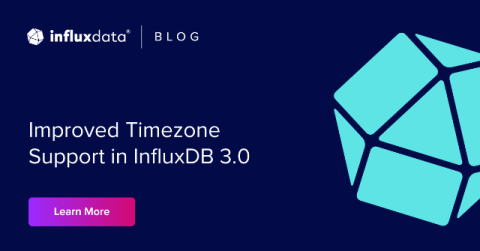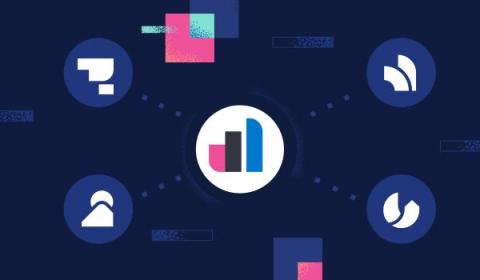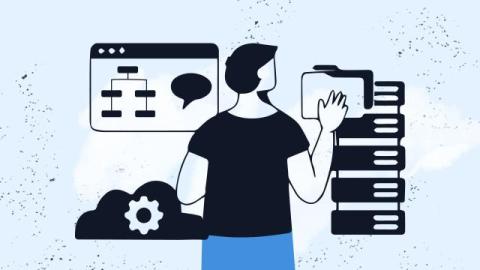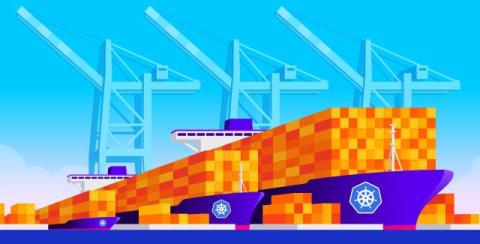Improved Timezone Support in InfluxDB 3.0
We have added a new function, tz, to InfluxDB 3.0 SQL to improve the ergonomics of working with timezones. This blog post will provide more details on how to use this function and when it makes sense to use it instead of the existing SQL timezone functions.











